Click to view our Accessibility Statement or contact us with accessibility-related questions




PRODUCTS YOU MAY LIKE
Trending Posts in Mechanical Keyboards

RealRage_TV
software?
Hi I'm new to Drop and i just received my Keyboard i have been waiting for months for by Drop x MTN Dew x Borderlands movie and didn't know if there was a software like Logitech's for the keyboards. if anyone could help please let me know
Nov 20, 2024

jdsvdropper
Drop ENTER keyboard with DCX Sleeper Mac variants and Rocky Bird
Black Drop ENTER keyboard with DCX Sleeper Mac variants for the Option and Command keys, and Rocky Bird red and black DCX keycaps.
Nov 19, 2024
AngryTank
Favorite Artisans
COME FORTH SHENRON!
Purple, Dragon Balls, and Seta! What more does a simple man need?
Nov 17, 2024
InsufferablePedant
ZealPC Aqua Zilents
Please ignore the filthy keyboard, it's been on a shelf for a minute.
Nov 15, 2024

Neekolas714
Kicks & Keebs
Alpha Bravo Smoke
Finally finished my Keychron V5. Smooth, beautiful and stylish. What else could there be?
Nov 13, 2024
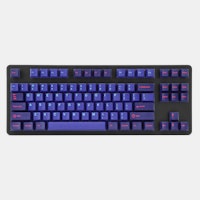

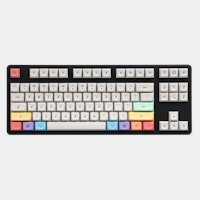
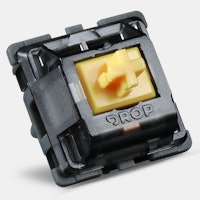
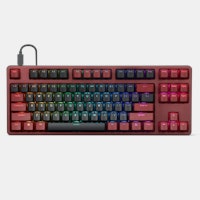
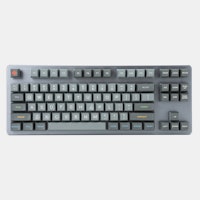
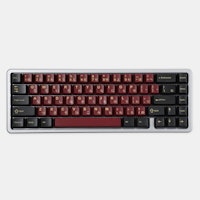
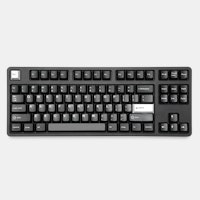

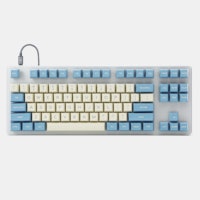







Make sure they're facing the right way before gluing them in! Some glue will sneak outside the slot, just scrape it down with a fingernail or something plastic once it's dry (don't use sharp metal to avoid damaging the acrylic). Having some isopropyl alcohol on hand is a good idea as well, to remove the bits of glue that will inevitably get on the acrylic.
I applied a large drop to the *top* center of the stabilizer after it was installed, just enough to fill the small channel that is created by the case and stabilizer. Leave it untouched for 24 hours, and most of it magically sinks down in between the stabilizer and the acrylic, and none drips onto the PCB. I suspect capillary action or something.
I originally intended it to be a temporary fix until I got a hot glue gun but it has been holding up just fine.
I purchased the stabilizers from wasdkeyboards.com for about $6.